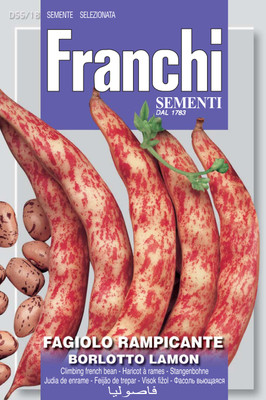Veg for a cost-of-living crisis
Paolo Arrigo on 7th Jun 2023
We have all seen prices rising due to numerous various reasons, and with that, more and more people considering the reality of growing their own food to counter shortages and keep their food bills down.
Also bear in mind that British farmers used to call Jan-Apr ‘the hungry gap’ as our own veg is finishing and new veg not ready till at least Apr/May, we are reliant on imports from the EU and further afield. But what to grow? – a few great suggestions below and a special offer so you can plan your garden, and your larder!
Cut-and-come-again lettuce – One of our seed packs will make about 40 of those salad bags you buy in the supermarket, IF you stagger the sowing every 3 weeks (a pinch handkerchief sized plot or a pot) from late spring to September. Cut 2 or 3 times but no more as it can go woody. I have 2 on the go, one that I am eating and the other which is growing.
Plum Tomato - not only can you eat these fresh, but you can preserve them – passata, freeze them, make sauces, bottle them, ketchups and soup. Preserving those bounties is essential during a crisis to see you through those lean months.
Spinach – you can sow iron rich spinach in spring AND in autumn and harvest it in the summer AND again in the winter. You can also freeze cooked spinach for use later in the year and it is full of iron, vitamins and minerals as well as being really easy to grow. Avoid summer sowing as it will bolt and go to seed.
Borlotto bean – Borlotti are shelling beans that can be frozen, dried or bottled for the winter months. Ideal in stews and soups, they are filling and totally flavoursome and ideal during a crisis when shelves are empty. Sow the whole packet in spring so you have more than you can eat fresh and preserve them.
Pumpkin – another useful variety to have because you harvest them late summer and in the autumn, Halloween being the classic period, and then they will store somewhere cool dark and airy for much of the winter. Can be roasted, made into delicious soap or boiled, starchy and sweet, they are a wonderful addition to the winter diet.
